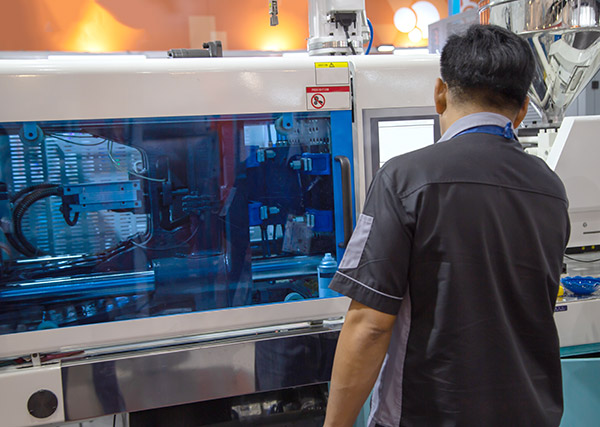 |
||||||||||||||||||||||||||||||||
Are You Shutting Down Safely and Efficiently?
| ||||||||||||||||||||||||||||||||
|
Preparing for and following proper protocol for shutdown based on your individual plant situations can help greatly when it’s time to get back up and running safely and efficiently. Shutting down idle equipment can offer significant cost saving benefits. Every plant should have a procedural plan in place when a shutdown becomes necessary. We recently had a conversation with a long-time customer who has been in molding for 15 years. They were having issues with rusting on the mold almost as soon as they got it to the tool room. The mold was running with a chiller unit. The presence of the cold water running through the chiller combined with cooling the still-hot mold was creating condensation and rust. We described the process of first protecting the mold with a rust preventive during the cool down period. The customer said he had never taken that precautionary step and agreed to give it a try, which has resolved the issue. A Smooth Shutdown is the Best Preparation for Successful Startup Nothing can be more frustrating, time consuming and expensive than having issues with a plant startup after a holiday weekend, a supply chain disruption or a repair. Rushing through the shutdown procedure can lead to facility failures and downtime when attempting to bring the plant back up. Having a planned, efficient shutdown process greatly increases the chances for an equally successful startup. Here are some questions you should consider for general protocol in shutting down:
In our next edition of Sticky Situations, we’ll take a close look at startup protocol. Our customers know they can count on Slide to troubleshoot issues that can affect productivity, including the problems that can be associated with plant shutdowns and startups. For support like that which Slide has been providing our customers for nearly 70 years, contact your local Slide distributor, call us at 1‑800‑323‑6433, email us, or visit our website at slideproducts.com. |
||||||||||||||||||||||||||||||||
|
Best Practices for Shutdown & Startup  |
||||||||||||||||||||||||||||||||
|
Establishing a shutdown and startup protocol based on industry best practices will keep the safety of both staff and equipment at the forefront while saving you time and money... Read More |
||||||||||||||||||||||||||||||||
|
Follow Slide on Social Media | ||||||||||||||||||||||||||||||||